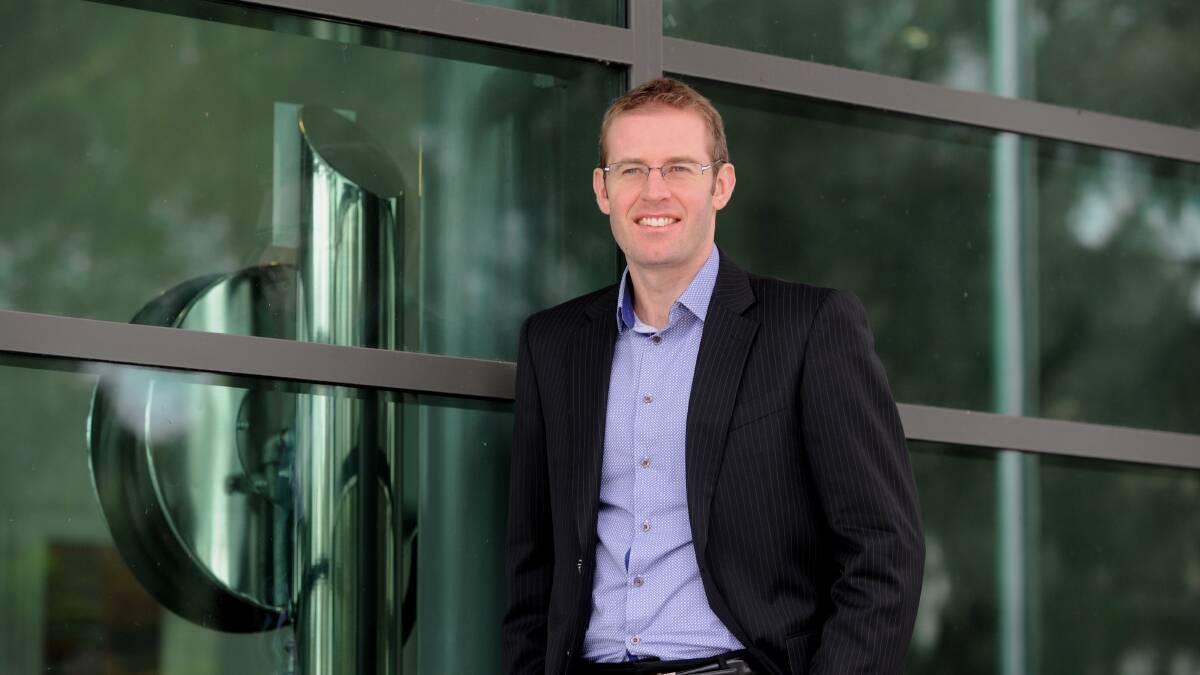Households surviving on government allowances such as Newstart or Youth Allowance are twice as likely to be living in poverty than 25 years ago, new research shows.
Subscribe now for unlimited access.
or signup to continue reading
In 2017, 79.9 per cent of households with government allowances as their main income, not including payments like the aged or disability pensions, were considered to be living in poverty after their housing was paid for, compared with 39 per cent in 1993.
About 1.26 million households are considered to be in poverty after-housing, including households where income comes from wages or salary, business or pensions.
Households with allowances as their main form of income were living $124 a week below the poverty line in 2017, a huge increase from $25 below in 1993.
The research, from the Australian National University's Centre for Social Research and Methods, also shows 64.7 per cent of households who relied on government allowances were in financial stress in 2015, compared to 48.9 per cent in 2003.
Households both in poverty and experiencing financial hardship make up 5.7 per cent of households, but 56.4 per cent of households on allowances were both considered in poverty and in financial stress.

Researcher Ben Phillips said the rate of people living on government allowances experiencing poverty was because payments rates of Newstart had risen only with the consumer price index, while wage growth had been strong "and those on allowances are stuck in a standard of living of the mid 1990s".
"We've had real growth in incomes, but for those on allowances nearly two in three are having fairly serious financial stress. That's a fairly alarming statistic, as I see it," Mr Phillips said.
"Rental costs have increased more strongly for low income households than their incomes have," Mr Phillips said, which contributes to the increasing number of households considered to be living in after-housing poverty.
The study also showed the rate at which people were reliant on the Newstart payment for longer than a year has been on a steady upward curve. More than two-thirds of Newstart recipients at the end of 2018 had been on the payment for more than a year, and more than 20 per cent for more than five years.
According to the earliest available departmental figures from February 1994, then the rate people were on the unemployment payment for more than a year was 48.8 per cent.
Mr Phillips said people from vulnerable groups who would once have been on a disability support or parenting payment are now receiving Newstart, contributing to the long-term trend.
"Poverty rates and financial hardship for households relying heavily on Newstart and other allowance payments have been driven by the payment rates not keeping pace with the general standard of living of other households in Australia, particularly through the 1990s and 2000s where incomes and living standards increased significantly for most Australian households," the study said.


